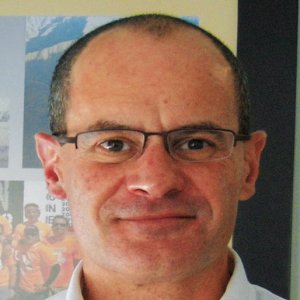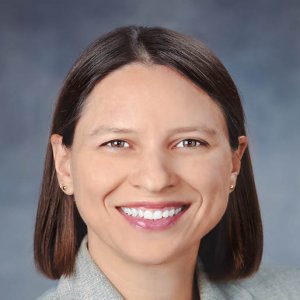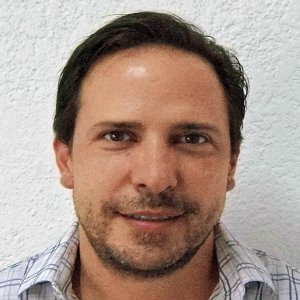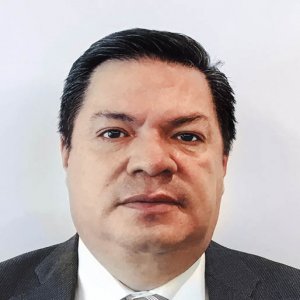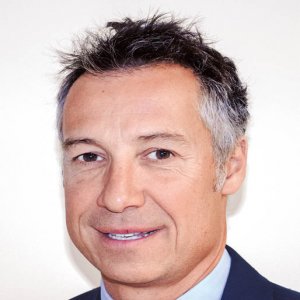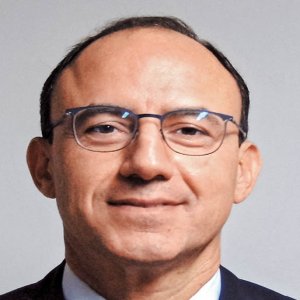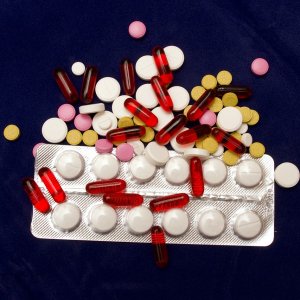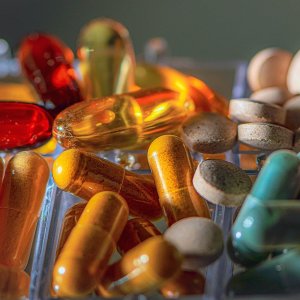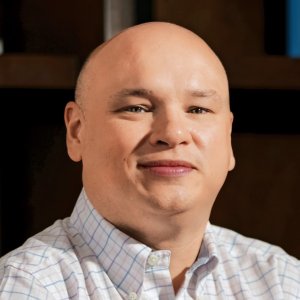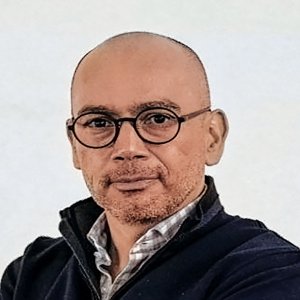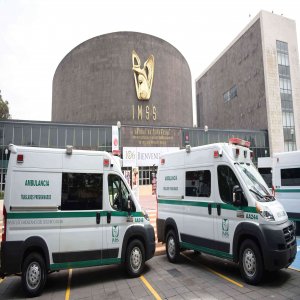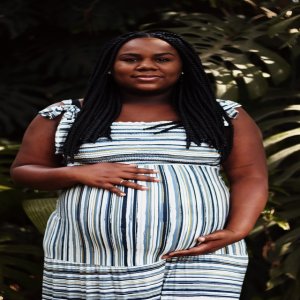Dynamic Changes Propel Mexico to World Stage

STORY INLINE POST
Q: What are the most important advances COFEPRIS has made in the past year?
A: We have made great strides on ethics and transparency, we have become an institution that is much closer to citizens and we have put 10 catalogues of open data at their disposal. These are registers of licenses, permissions and other types of information that was previously requested of us. We have also installed a telephone service that receives 16,000 calls per month.
COFEPRIS regularly removes patents from groups of medicines to allow for the production of generics. In 2016, we released Group #14 because in February 2016 there was an issue with influenza and the active substance to treat it, oseltamivir, was only produced by one laboratory and manufactured in Switzerland. In May 2016, we liberated Group #14 and there are now three generics available for oseltamivir. In total, 37 active substances have been liberated through our generics strategy, producing 491 generics, which represent MX$25 billion (US$1.4 billion) in savings while an extra two million people can be treated thanks to these savings. In 2017, we will continue with this strategy and more than 40 new molecule authorizations will be announced. Last year, Mexico was named Vice President of the International Coalition of Medicines Regulatory Authorities (ICMRA), an international association that unites the 14 most important regulatory agencies, for two years. We are a leader due to our generics strategy, innovation, reduced processing times for protocols and special pathways for administrative forms, which can now be obtained in 15 days instead of two years as it was five years ago.
Q: How is COFEPRIS working on bringing more knowledge to Mexico?
A: One of the most important themes internationally is the creation of the COFEPRIS Center of Excellence. We began
The Federal Commission for the Protection against Sanitary Risks (COFEPRIS) is a regulating authority responsible for 44 cents of every peso spent by Mexican households, 9.8 percent of GDP and 10.9 percent of foreign trade working on this idea around two years ago with the aim of closing the knowledge gap because knowledge is not shared in the pharmaceutical sector. Those that have money, like large companies with the capacities to invest in R&D, do so in specific areas. But there is a gigantic difference between the amount of R&D that goes on in developed countries compared to less developed economies. A first gap is created here. A second gap occurs because of the difference in technical knowledge. They want to protect knowledge and for this reason it is not transmitted. Secondly, knowledge only reaches those countries that collaborate and that o er assurances.
As an example, it is doubtful that Brazilian research centers share their knowledge quickly, efficiently and transparently with Nigeria because standards are asymmetrical. We need to improve the flow so that every country can benefit quickly and efficiently from knowledge. We aim to contribute to reducing these gaps as much as possible through a center of excellence. This was an idea of the WHO and APEC and they should compile information and generate joint public and private actions so that knowledge can be shared. Our center has several research and training projects underway in areas in which it is di cult to find an expert. There are few other centers but those that exist are linked. Japan, the US and Brazil each have one.
Q: According to ProMéxico, Mexico carries out only 1 percent of global clinical trials. How will you boost this number?
A: In January 2017, we signed an agreement to promote clinical research that simplifies processes and integrates them. To meet all requirements and obtain all permits used to take 365 days but we are reducing this to 45 days. Our goal is to triple the investment in clinical research in Mexico and we hope to see US$600 million over the next two years, up from under US$200 million. An agreement has been reached with IMSS and ISSSTE will soon join the program. We are working on another agreement with the national health institutions and with UNAM. This will no doubt happen by the end of 2017.
Q: How do you evaluate which areas should be the main focus for sanitary authorities?
A: We evaluate which conditions have the greatest prevalence in Mexico through reports such as ENSANUT, which was released in late 2016 and covers NCDs. We use these results to assign resources and generate biotechnology to solve the most prevalent health problems in Mexico. We were the first country in the world to authorize the dengue vaccine and we are in the process of establishing a protocol for its application.
Q: What results have you seen and what do you expect from the new pharmacovigilance NOM?
A: NOM-220, which was published in March 2017, represents a paradigm shift. It implies that many more players are responsible for pharmacovigilance: the patient, the doctor, the laboratory, the pharmacy and the distributor. This change generates more reports that help COFEPRIS to provide a more punctual and strategic follow-up on the e ects and quality of these medicines. With few reports, all we can do is check manufacturing plants but with pharmacovigilance we have more information and this propels change.
Q: What process does the commission use to identify areas of overregulation and resolve them?
A: We will be working on the third phase of deregulation of medical devices and we are considering removing regulation from 10 percent of the devices currently on the market, perhaps more. This has been presented in international forums where we have been identified as innovators.
We base our decision on analyses of sanitary risks. Scientific advances in medical devices means that the sanitary risks are lowered or eliminated as faster and more e ective solutions are discovered. The sanitary risk of technology in medical treatment and medical devices changes depending on technological advances and the same happens with medicine. There are combinations that do not generate increased secondary side-e ects.
Another element is that we realize that there are delayed administrative processes. We are digitalizing processes to avoid unnecessary costs in transport, paperwork and time. This is part of COFEPRIS Digital, implemented in December 2016, which has taken 99 forms and administrative processes online. With the extra 50 that we are adding, we will save 600 tons of paper in a year. All these simplified processes will help bring us closer to citizens and to provide a much more agile service. In addition to being based on reviews, we also perform an audit biyearly, one of which is focused on our internal quality-management system.
Q: What is the single most important area COFEPRIS will be focusing on in 2017?
A: My mandate is to protect public health. If I had one dream for 2017 it would be for the population to be closer to us, to consult us, to give us a chance and to call us. It would be wonderful if before citizens took a decision of any kind, they first looked after themselves and consulted us. To ensure this message reaches all of Mexico, we have an amazing program called Seis Pasos de la Salud (Six Steps of Health) that is translated into 17 indigenous languages. It will see a new component with the Ministry of Public Education through which we will soon reach schools.
